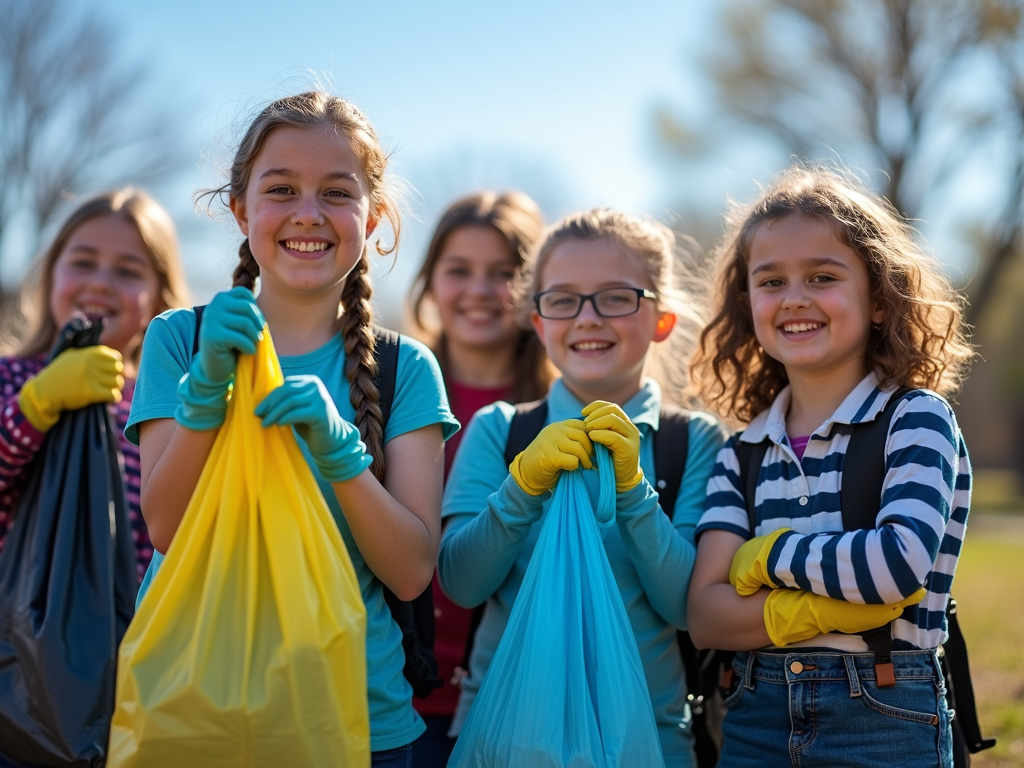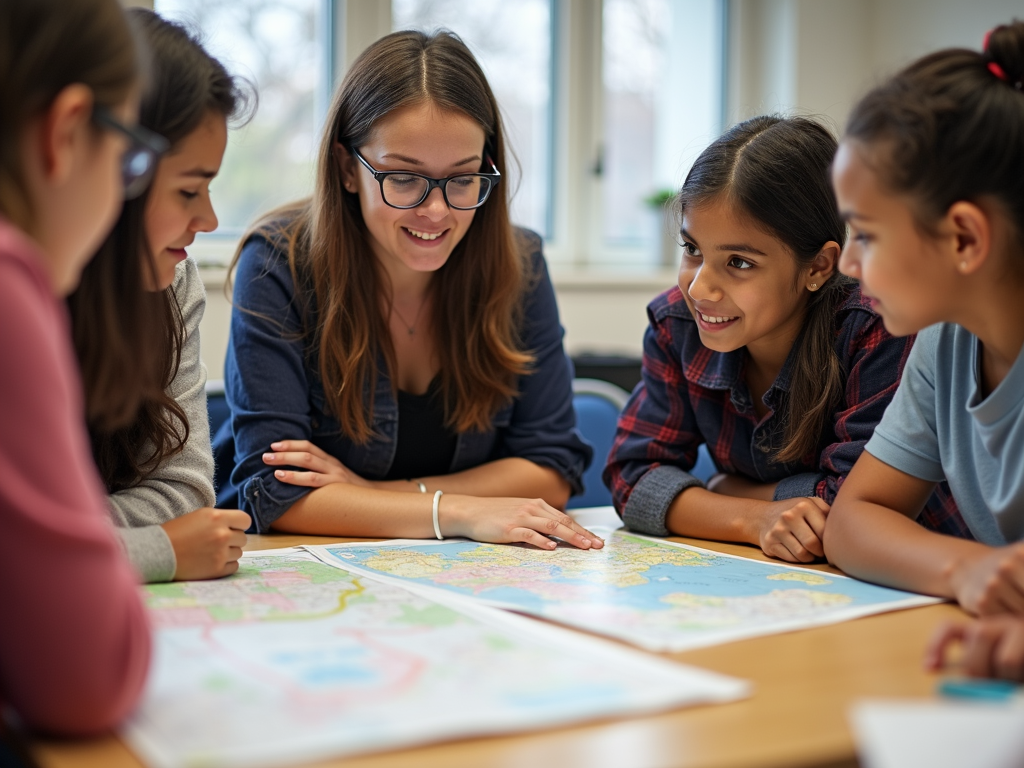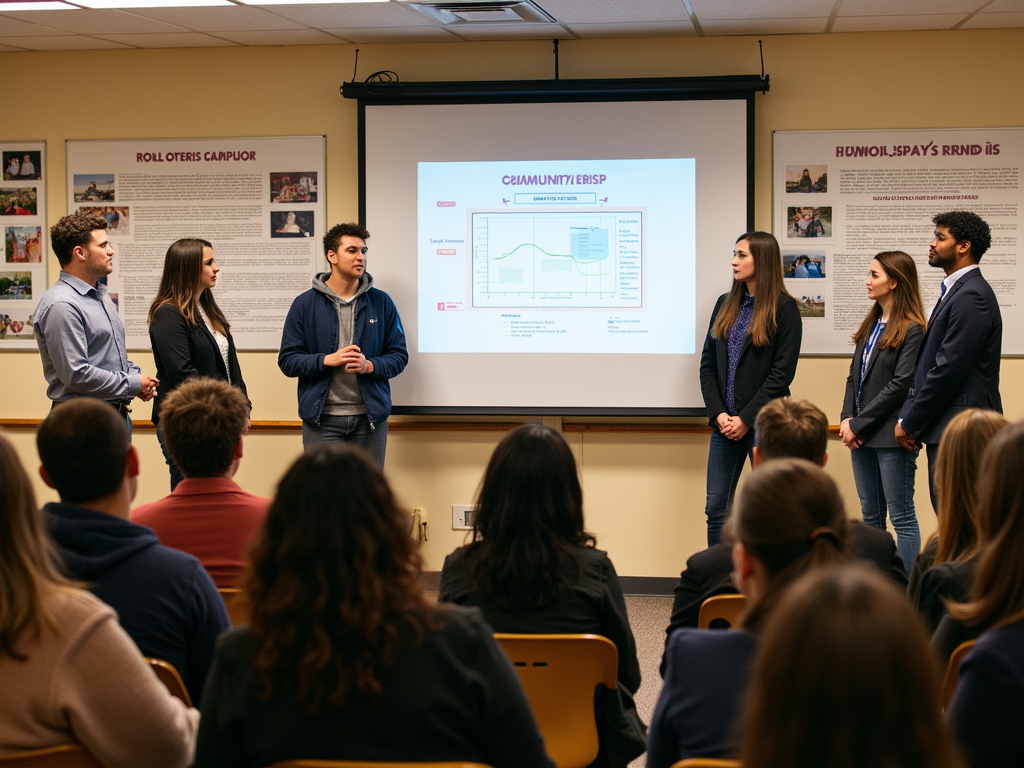Understanding Service Learning: A Guide for Educators
By , April 16, 2025
Service learning blends classroom lessons with community service, letting students use what they learn to help others. It’s a powerful way to teach, and this guide will show educators how to make it work. You’ll find tips on planning projects and even writing winning grant proposals to fund them.

What is Service Learning?
Service learning is more than just volunteering. It’s an approach where students tackle real community needs while meeting classroom goals. Imagine a history class restoring a local landmark or a math class helping a nonprofit with budgeting. The key is tying the service to what students are studying.
This method makes learning hands-on and meaningful. Students don’t just read about science—they might test water quality for a local group. It’s active, not passive, and it sticks with them longer.
Why Service Learning Matters
Students gain a lot from service learning. They solve real problems, which makes lessons click. They also grow as people—learning empathy and teamwork by working with others. For educators, it’s a chance to make teaching exciting and relevant.
Communities win too. Schools build stronger ties with neighbors, and students’ efforts make a real difference. A report from the National Service-Learning Clearinghouse shows students in these programs do better in school and care more about their communities (source).

How to Bring Service Learning to Life
Getting started is simpler than it seems. Here’s how:
- Set Clear Goals: Decide what students should learn. Match the service to your subject.
- Find Partners: Connect with local groups who need help. Think libraries, parks, or charities.
- Plan Together: Design a project that works for everyone. Keep it doable.
- Prep Students: Explain why it matters and what they’ll do. Get them excited.
- Reflect: Have students talk or write about what they learned. It seals the deal.
Need more help? The Corporation for National and Community Service has great tips (source).
Overcoming Hurdles
Service learning isn’t always easy. Time is tight, and resources can be scarce. Finding the right partner might take effort too. But don’t worry—there are fixes.
Start small. A one-day project can still teach a lot. Team up with other teachers or parents to share the load. And use free tools from places like the National Youth Leadership Council (source). Funding’s another hurdle, but grants can solve that.

How to Write a Winning Grant Proposal
Grants can pay for supplies, travel, or anything your project needs. Writing a winning grant proposal takes some know-how, but you can do it. Try these steps:
- Hunt for Grants: Check Grants.gov or local education sites.
- Match Their Goals: Read what the funder cares about. Fit your idea to it.
- Explain Clearly: Say what your project does and why it’s great for students and the community.
- Show the Need: Use facts—like how many people it’ll help.
- Budget Smart: List costs honestly. Don’t guess.
- Plan to Last: Show how the project keeps going after the money’s spent.
- Measure Success: Say how you’ll track results, like student feedback.
The Grant Professionals Association has more advice (source).
Service Learning Grants and Funding
Money’s out there if you look. Some top options:
| Grant Name | Source | Focus |
|---|---|---|
| Learn and Serve America | National Service Gov | School-based service |
| Youth Service America | YSA | Youth-led projects |
| State Education Grants | Local government | Education and service |
Private groups like foundations or businesses might pitch in too. Build a relationship—they might fund you again.

Tips from Experience
I’ve seen service learning spark something special. Once, my students built a garden for a senior center. They learned biology, sure, but also patience and kindness. The seniors loved it, and the kids still talk about it. Start with something your students care about—it keeps them hooked.
Don’t skip reflection. One student told me she didn’t get the point until she wrote about it. That’s when it clicked. And for grants? Be honest. Funders can tell when you’re stretching the truth.
Wrapping Up
Service learning is worth it. Students learn more, communities grow stronger, and you get to teach in a way that matters. It takes planning and maybe a grant or two, but the payoff is huge. Start small, ask for help, and watch it unfold. You’ve got this.